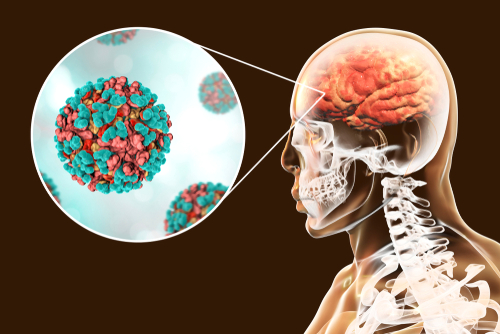
Results are in from the phase 1 human trial of the Bavarian Nordic A/S vaccine candidate MVA-BN WEV, a prophylactic meant for use against three equine encephalitis viruses, and the data paints the picture of a well-tolerated vaccine capable of spurring immune responses.
The vaccine is meant to combat western, eastern, and Venezuelan equine encephalitis, which are spread by mosquitoes. This phase 1 trial was funded by the U.S. Department of Defense and evaluated its safety, tolerability, and immunogenicity on 45 healthy adults. Those adults were split into three treatment groups, each with different doses of the vaccine. All dose groups tolerated it well, all experienced neutralizing antibody responses, and the most common side effect was pain at the injection site.
Currently, no vaccine for these viruses exists, so the fact that the phase 1 data brought meaningful clinical results has spurred the company to seek additional funding for further clinical advancement.
“We are pleased to report positive topline results from the first-in-human trial with our vaccine candidate against equine encephalitis viruses,” Paul Chaplin, president and CEO of Bavarian Nordic, said. “A safe and effective vaccine against this fatal disease is a high priority for the U.S. government, and we believe that our vaccine candidate is well-positioned to meet these requirements. Our public-private partnership with the U.S. has previously shown the way for the successful development of vaccines against smallpox and Ebola, and we hope to continue the fruitful collaboration in this important disease area as well.”
All subjects in the phase 1 trial were revaccinated after four weeks. Results were quickest in the sample group receiving the highest dose, who experienced immune responses as early as two weeks after the first vaccination. That group also experienced complete seroconversion — meaning antibodies became detectable in the blood — after the second vaccination. All participants received peak antibody response after that second vaccination.




